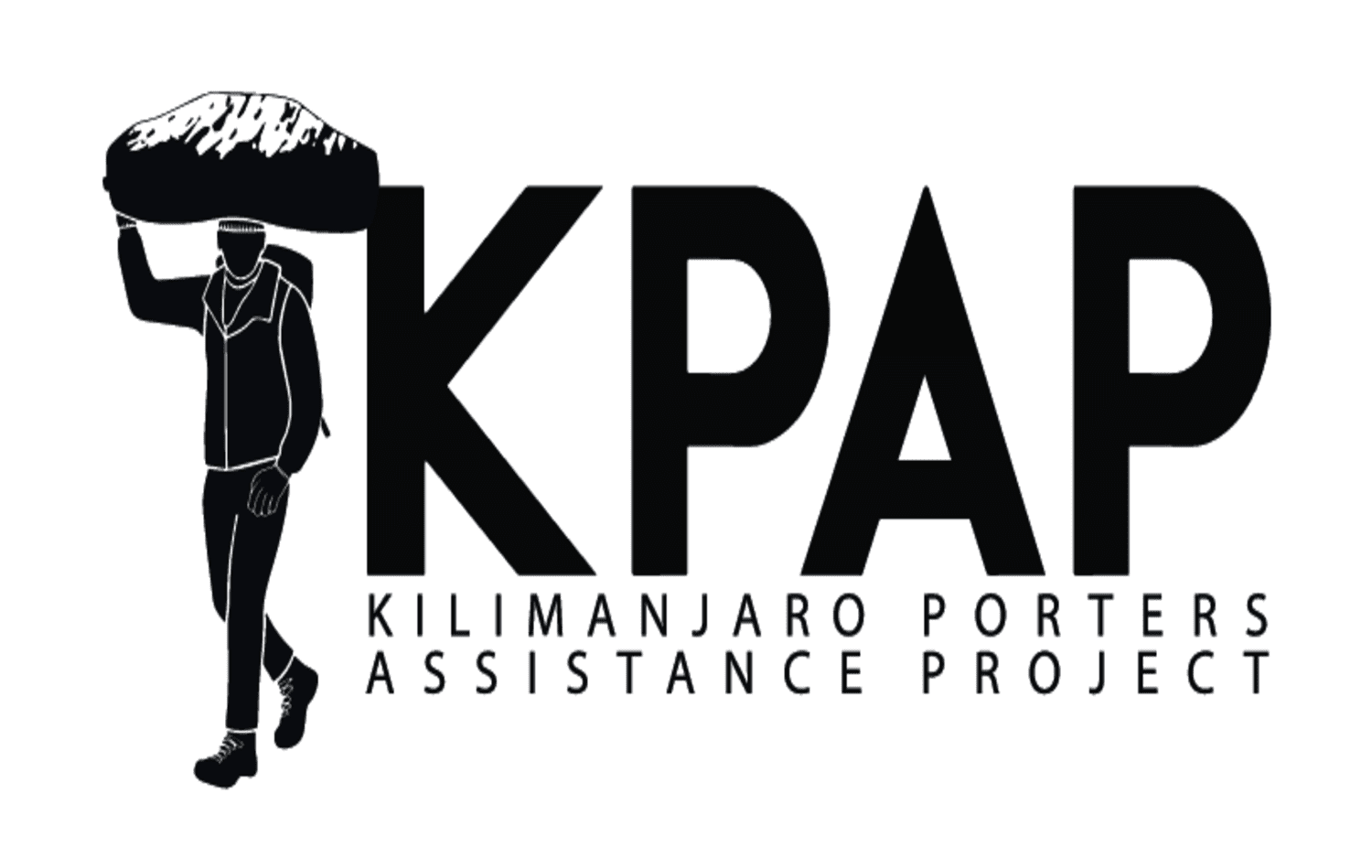Mount Kilimanjaro can be climbed year-round, but certain months offer better weather, higher success rates, and a more enjoyable experience. Choosing the best time to climb depends on factors like weather, crowd levels, and personal preferences.
The ideal time to climb Kilimanjaro falls within the dry seasons, which provide clear skies, less rain, and better trekking conditions.
1. January to Mid-March (Warm & Less Crowded)
Weather: Warm temperatures, mostly dry with occasional rain
Crowds: Fewer climbers compared to peak season
Pros: Clear skies, great views, and a comfortable trek
Cons: Possible short rains in early January
2. June to October (Best Conditions & Most Popular)
Weather: Dry, cool, and stable – ideal for climbing
Crowds: Peak season, especially in July, August, and September
Pros: High summit success rates, perfect visibility, and minimal rain
Cons: Very busy trails, especially on the Machame and Marangu routes
Avoiding the Rainy Seasons (More Challenging)
3. March to May (Long Rainy Season)
Weather: Heavy rain, muddy trails, and poor visibility
Crowds: Very few climbers – lower congestion
Cons: Slippery trails, high risk of altitude sickness, and low visibility
Best for: Experienced trekkers looking for solitude
4. November to Early December (Short Rains)
Weather: Unpredictable, with scattered rains
Crowds: Fewer climbers
Cons: Trails can be wet and muddy, increasing difficulty
| Month | Weather | Crowds | Recommended? |
|---|---|---|---|
| January | Warm & dry | Medium | ✅ Good |
| February | Warm & dry | Medium | ⭐ Best |
| March | Start of rains | Low | ❌ Risky |
| April | Rainy & muddy | Very Low | ❌ Risky |
| May | Rainy & muddy | Very Low | ❌ Risky |
| June | Cool & dry | Medium | ✅ Good |
| July | Cool & dry | High | ⭐ Best |
| August | Cool & dry | High | ⭐ Best |
| September | Cool & dry | High | ⭐ Best |
| October | Warm & dry | Medium | ✅ Good |
| November | Short rains | Low | ⚠️ Challenging |
| December | Short rains | Low-Med | ⚠️ Mixed Conditions |
The best time to climb Kilimanjaro is January-March and June-October for the best weather and highest success rates.



TERMS AND CONDITIONS | AFRICAN SAFARI | PRIVACY POLICY | REFUND POLICY | FOR TRAVEL AGENCIES | HOTELS IN TANZANIA | OUR BLOG
© 2025 Shiri Adventures